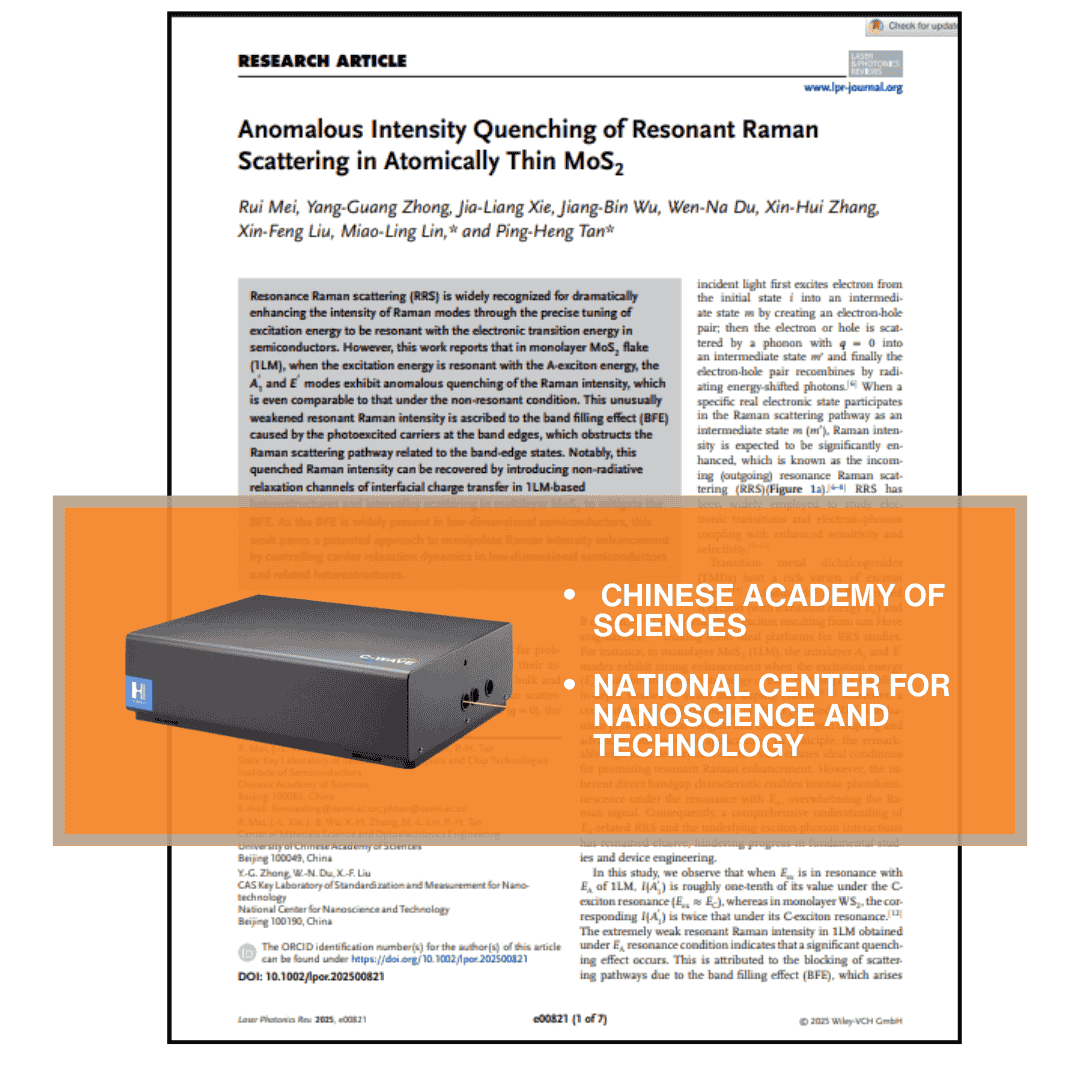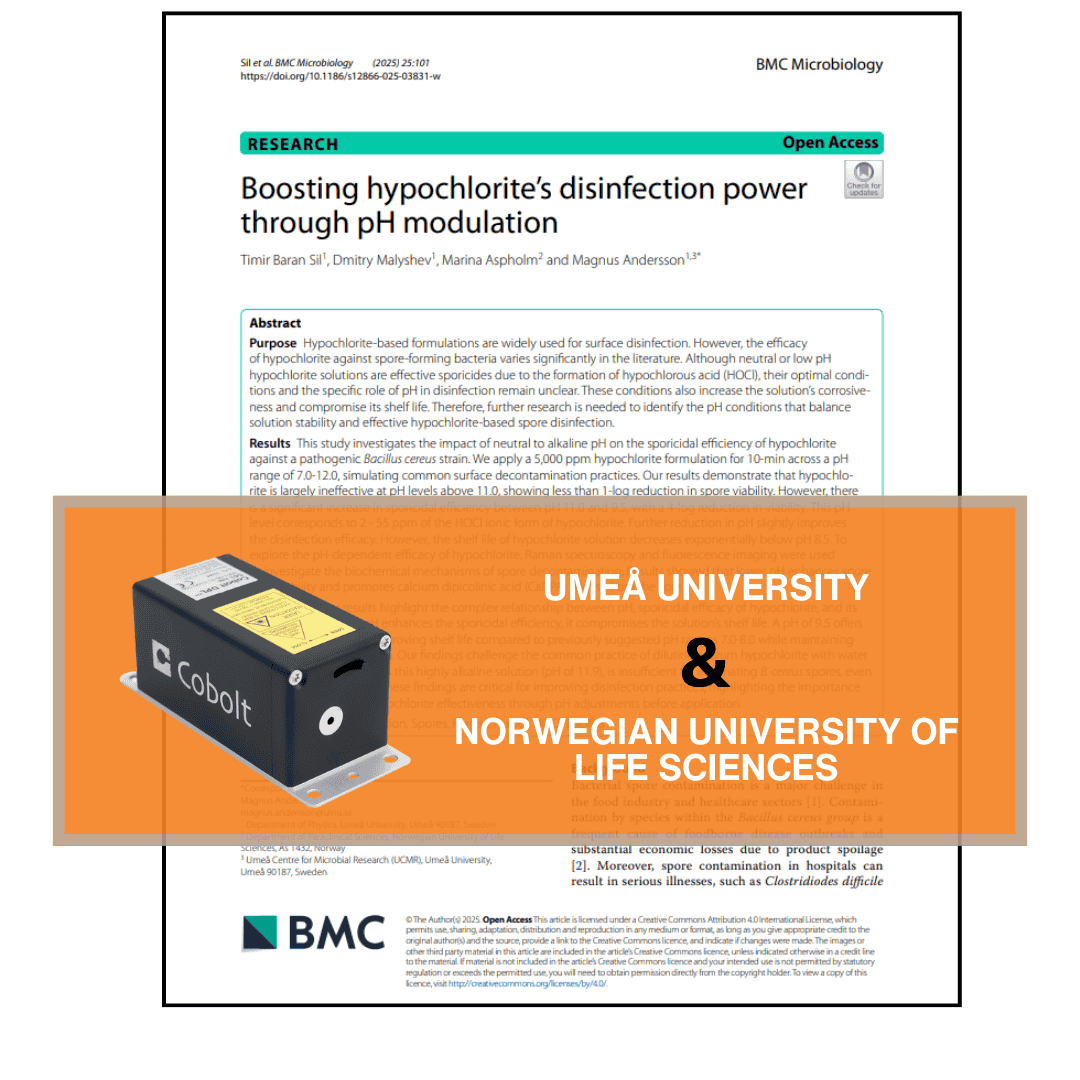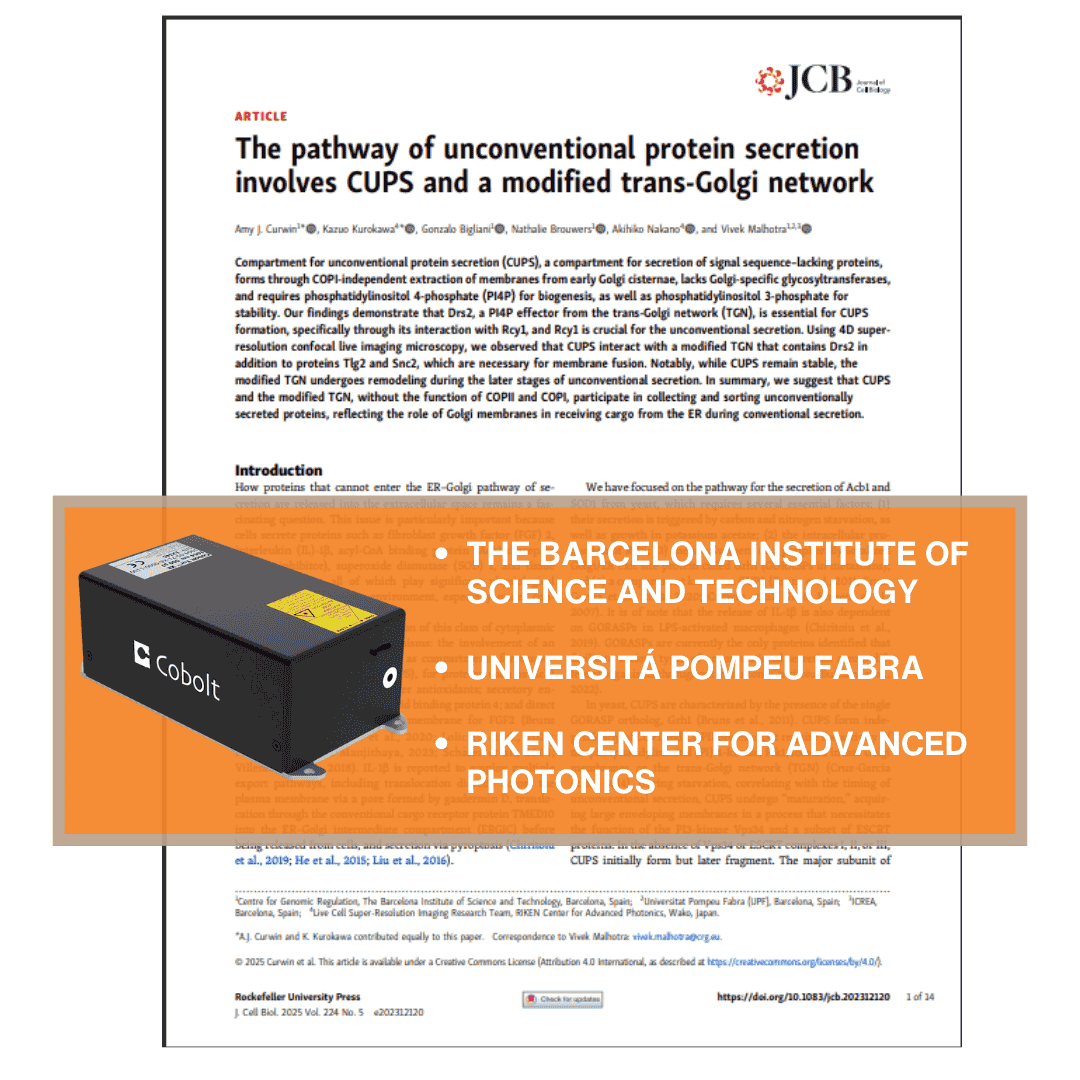21 February, 2025
What is the Raman lingo?
On this post we collate some of the Raman spectroscopy terms, along with a short description to help guide through many of the different techniques often used today in the field of Raman spectroscopy.
A full guide is published yearly by Spectroscopy magazine, if you are looking for longer and more in depth descriptions.
| Type | Description | |
|---|---|---|
| SERS | Surface-enhanced Raman Spectrosocopy | Combining the sample particles (eg molecules) under investigation with metal surfaces enable enhancement (of up to 1010 times) of the Raman signal through excitation of localized surface plasmons. |
| SRS | Stimulated Raman Spectroscopy | SRS is a third-order non-linear phenomenon involving a second photon—the Stokes photon of angular frequency – which stimulates a specific transition. The raman signal is resonantly enhanced up to 108 times when the difference in frequency between both photons resembles that of a specific vibrational (or rotational) transition. |
| SERRS | Surface Enhanced Resonance Raman Spectroscopy | SERRS is simply described as a combination of surface enhanced Raman scattering (SERS) and resonance Raman scattering (SRS). |
| TERS | Tip-enhanced Raman Spectroscopy | The illumination beam is aligned at the sample with an atomically sharp tip that is typically coated with gold. This illumination generates confined surface plasmons at the tip which enhance the Raman signal. The tip also allows for sub-diffraction spatial resolution. |
| SORS | Spatially Off-set Raman Spectroscopy | The Raman signals are recorded at points spatially separated from the illumination spot. This allows for detecting Raman spectra from materials inside an optical barrier, like a container wall, provided that the Raman signal from the barrier is subtracted. |
| RRS | Resonance Raman Spectroscopy | The illumination wavelength is chosen to overlap with an absorption band of the material under investigation. This can enhance the Raman signal by a factor of 102-106. However, the fluorescence background also typically increases significantly which can cause noise. |
| SERDS | Shifted Excitation Raman Difference Spectroscopy | Method to supress fluorescence emission by subtracting two Raman spectra, excited by spectrally slightly shifted laser lines. |
| CARS | Coherent Anti-stokes Raman Spectroscopy | CARS is using either two pulsed laser sources or one where the beam is divided into two with different lengths. The CARS signal is a coherently driven result of a phase match of the anti-stoke signal (blue side) and the resonant stoke signal (red side). |
| THz Raman | Low-frequency Raman spectroscopy | Highly frequency-stable laser sources and sharp VBG (Volume Bragg Grating)-based notch filters are used to analyse the THz regions of Raman spectra, very close to the illumination frequency. Those small Stoke-shifts tend to contain features attributable to external vibrations of the crystalline lattice in a sample. |
| FT-Raman | Fourier transform Raman Spectroscopy | The Raman signal is read out from a Michelson interferometer in which one of the arms is varied in length over time. |
Lasers for Raman spectroscopy
From HÜBNER Photonics, the Cobolt 08-01 Series lasers are perfectly suited for most Raman spectroscopy cited above, with very narrow linewidth, excellent wavelength stability, and spectral purity.
For CARS, the VALO Femotsecond Series offer sub 50 fs pulse durations for exceptional peak powers.
More resources
Explore our Publications for practical insights on how our customers are leveraging the power of our lasers in their projects.
Customer publications
Application: Raman spectroscopy
Product line: C-WAVE
Wavelength: Tunable
Optimizing Resonant Raman Scattering in Monolayer
Optimizing the sensitivity of Raman spectroscopy by engineering carrier relaxation dynamics to enhance Resonance Raman scattering intensity
Customer publications
Application: Raman spectroscopy
Product line: Cobolt
Wavelength: 785 nm
Tweaking Bleach’s PH Against Bacterial Spores
Scientists identify the optimal pH for hypochlorite-based sporicidal formulations that can balance solution stability and effectiveness of spore disinfection.
Customer publications
Application: Fluorescence microscopy
Product line: Cobolt
Wavelength: 473 nm, 561 nm
Cobolt Blues and Jive in Uncoventional Protein Secretion
Researchers have identified a specialized compartment called CUPS (Compartment for Unconventional Protein Secretion) that forms independently of the traditional cell pathway system




